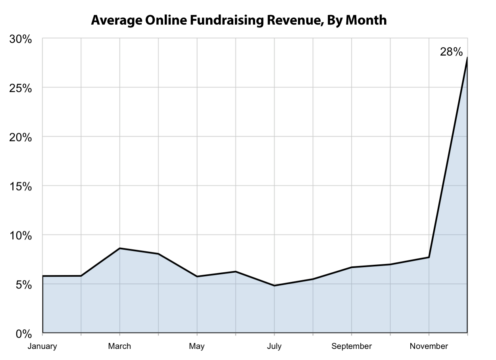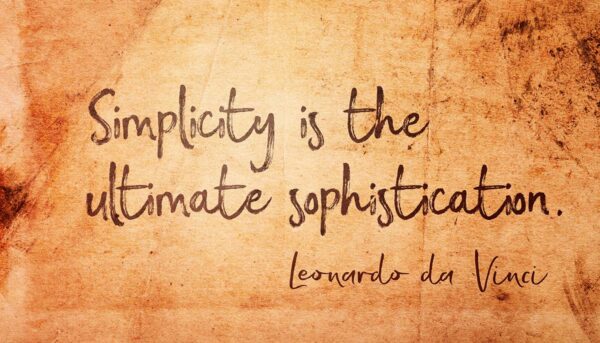Just getting started with your year-end fundraising?
Here’s a quick list – my best tips – for what to do with your remaining weeks before the end of the year.
Make a Plan to Start Earlier Next year
First, the hard news: if you’re just starting now, you’ve left money on the table. You could have raised more.
That is a harsh truth. Many people won’t like to hear it. But it’s true. And for the moment, don’t worry about it. But right now, go set a calendar reminder to start earlier next year.
Seriously, set a reminder.
I’ll wait.
It’s that important.
The organizations that start their year-end fundraising earlier tend to raise more money.
What to Do Now
Do as many of the following things if you can. And here’s the order I’d prioritize them in:
Identify and contact your major donors who have not yet given a gift this year.
Don’t do what most nonprofits do, which is hope that their majors give a gift before the end of the year.
If you haven’t already, identify exactly which of your major donors have not given gifts. Then reach out to each of them to ask for a special year-end gift to help your beneficiaries (not to help your organization). Do it in person if you can; phone is the next best way. Tell them their gift is needed now, and tell them their gift will make a difference!
Write and send your year-end letter.
Send out a direct letter that powerfully asks donors to give a special gift before the end of the year. Tell them their gift is needed now, and tell them their gift will make a difference!
If you use a mail house and it’s going to take too long to get a letter produced, here’s what to do:
Write and prep your year-end emails.
Be sure to have at least three emails prepped for the last three days of the year. Remember that you do not have to reinvent the wheel: the emails should be VERY similar to your letter, and the emails should be very similar to each other. Repetition is the most effective tool you didn’t know you have!
Tell them their gift is needed now, and tell them their gift will make a difference!
Update your website to ask for a year-end gift.
Make an update so that the first thing users see on your home page is a clear call-to-action and a large “donate” button.
And… wait for it… tell them their gift is needed now, and tell them their gift will make a difference. You will raise more money than you expect.
That’s it! Do as many of those as you can, starting from the top of the list.
Do a great job on each one before doing anything else.
And if you can only do three things, do the top three. If you can only do two, do the top two. You get it.
Remember: year-end is the easiest time of the year to raise more money than you expect!
This post was originally published on December 4, 2018.









